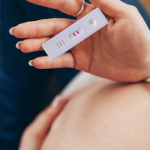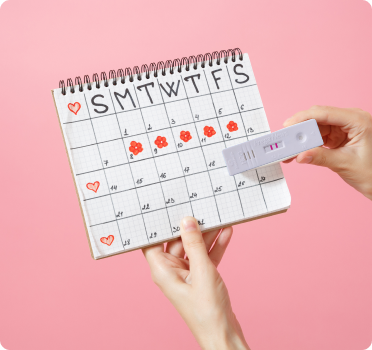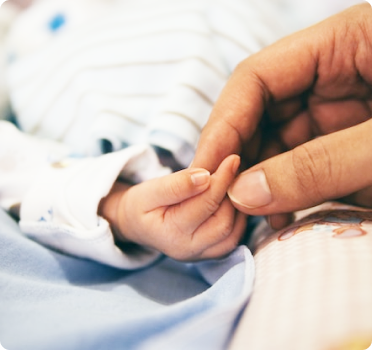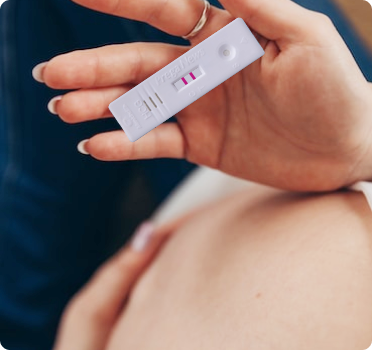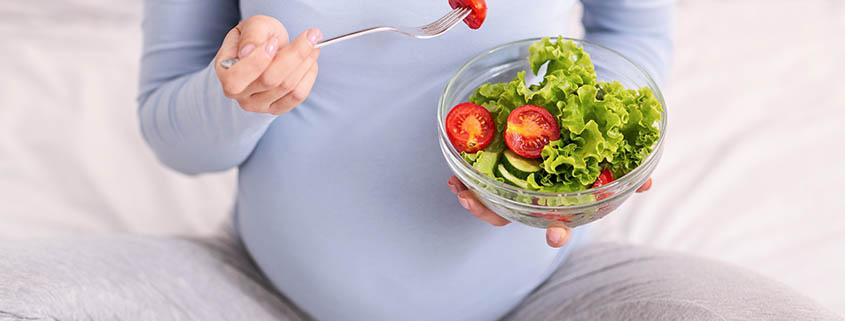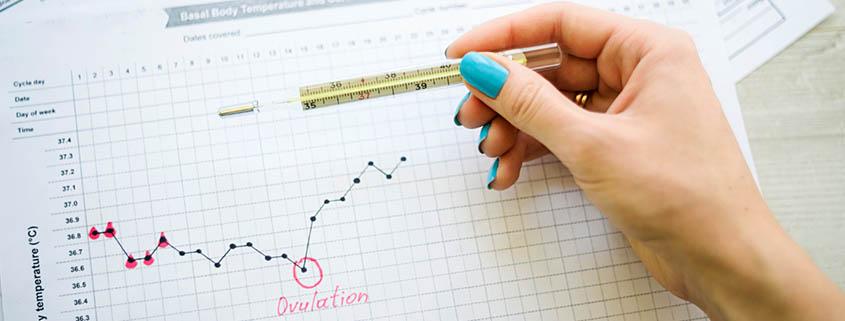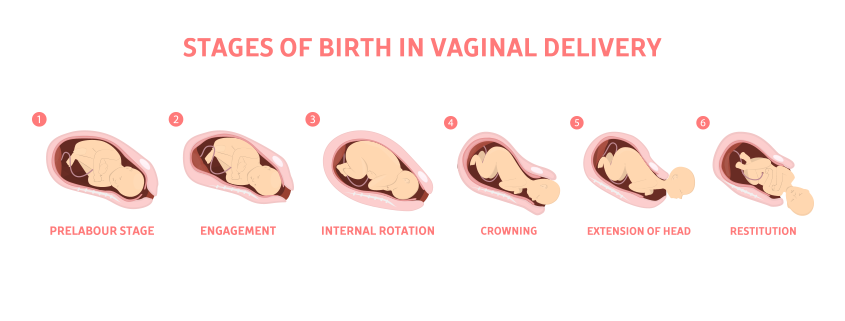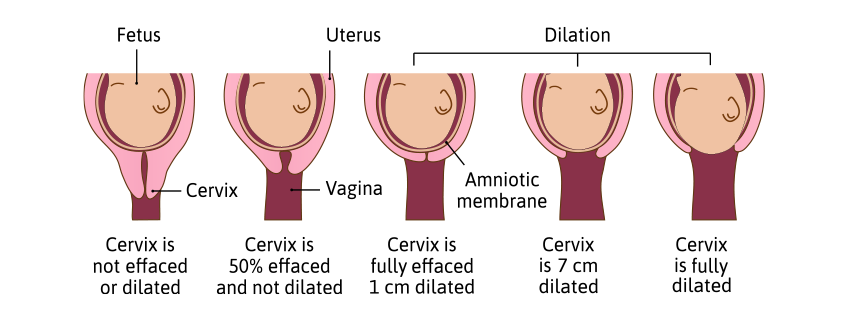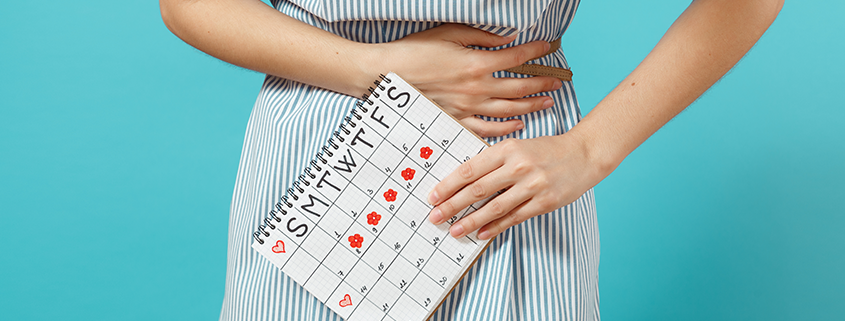Whether you are planning your pregnancy or already expecting, it’s always exciting to look forward to the day when you will meet your little one. And for that, one must ensure a healthy pregnancy. This phase is also exciting as you see the changes everyday and feel your baby growing inside of you.
If you are still planning or trying, you can make use of the pregnancy test calculator when you notice any early signs of pregnancy. In fact, the Prega News test results are pretty accurate and you can get the good news in just 5 minutes. If you are new to this, a quick guide on how to use Prega News can help you out. Just make sure you make a note of things to keep in mind before taking the home pregnancy test.
Body Changes During Pregnancy: First Trimester
Now that you have confirmed the good news, here are some body changes you will notice in your first trimester of the pregnancy:
- Morning sickness
- Swollen or tender breasts
- Frequent urination
- Tiredness
- Food cravings & repulsions
- Heartburn & constipation
- Visible veins
- Skin changes
- Mood swings
Morning Sickness
As the pregnancy advances, usually around the 6th week of pregnancy you will notice the nausea. And unlike the name, it can be inflicted at any time. While some women never have nausea, most women experience it to some extent. Nausea generally subsides by the second trimester, but if it gets too severe it’s best to consult your doctor for any medication that can soothe it. Also, avoid foods that cause nausea and eat small meals and other foods recommended during pregnancy frequently to aid digestion and avoid nausea.
Swollen or Tender Breasts
Soon after you conceive, you may notice a tenderness, some swelling or increased sensitivity in your breasts. This is caused by hormonal changes in the body and the increasing size to accommodate your baby’s feeding schedule. The discomfort generally subsides by the second trimester and you get used to the changes.
Frequent Urination
As your baby grows and your womb adjusts to the growth, your body produces more blood and the extra growth can also put some pressure on your bladder. This results in frequent urination and can cause some inconvenience. So it’s advisable to plan your travels etc. accordingly.
Tiredness
The sudden change in hormone levels can cause you to feel more tired than usual and you may feel the need to rest more frequently. This is also advisable in the first trimester – get as much rest as needed and take frequent breaks to avoid over-stressing and exhaustion.
Food Cravings & Repulsions
The most talked about change – you will experience cravings as well as aversions to different kinds of food. These may be extremely different from your regular choices but as long as it’s fresh and not harmful, you can indulge your taste buds. Also, ensure these don’t cause indigestion etc. Following simple guidelines on what to eat during pregnancy can also help you avoid these discomforts.
Heartburn & Constipation
Other not-so-pleasant changes – women can be frequently plagued by heartburn and constipation in the first trimester. While you can consult your doctor for the same, you can try home remedies that aid digestion. Avoid eating spicy or rich foods that can cause heartburn and include plenty of fiber in your diet to avoid getting constipated.
Visible Veins
As your body works non-stop and produces more blood, it also circulates more thus resulting in more-than-usual noticeable veins. These are more prominent in your breasts and legs. You may also notice smaller veins branching out, commonly known as spider veins.
Skin Changes
Often called the pregnancy glow, you will notice a healthier and more ‘glowing’ skin during your pregnancy. Along with hormonal changes, your body is also pumping a lot of extra blood thus resulting in the flush or ‘pregnancy glow’.
Mood Swings
As you undergo hormonal changes, along with your body, your mind also experiences these changes. As a result of this, you may experience elevated mood swings – both the bad and good. If you have any pre-existing conditions like depression, do remember to inform your doctor. Also, keeping a tab on the same and monitoring it can help avoid stress and unwanted distress.
As you undergo these changes, do remember to keep a close eye on your symptoms and developments and ensure that you do not miss any doctor’s appointments. Also, this is the time to not indulge in pregnancy myths but following proven facts. If you notice any distressing developments like bleeding etc. contact your doctor immediately.
Take care!
Disclaimer:This blog solely intended for the educational/informational/awareness purposes and is not a substitute for any professional medical advice, diagnosis or treatment. Please consult your doctor/healthcare professional before acting on the information provided on the blog. Reliance on any or all information provided in the blog, is solely at your own risk and responsibility. Mankind Pharma Limited shall not be held liable, in any circumstance whatsoever.










